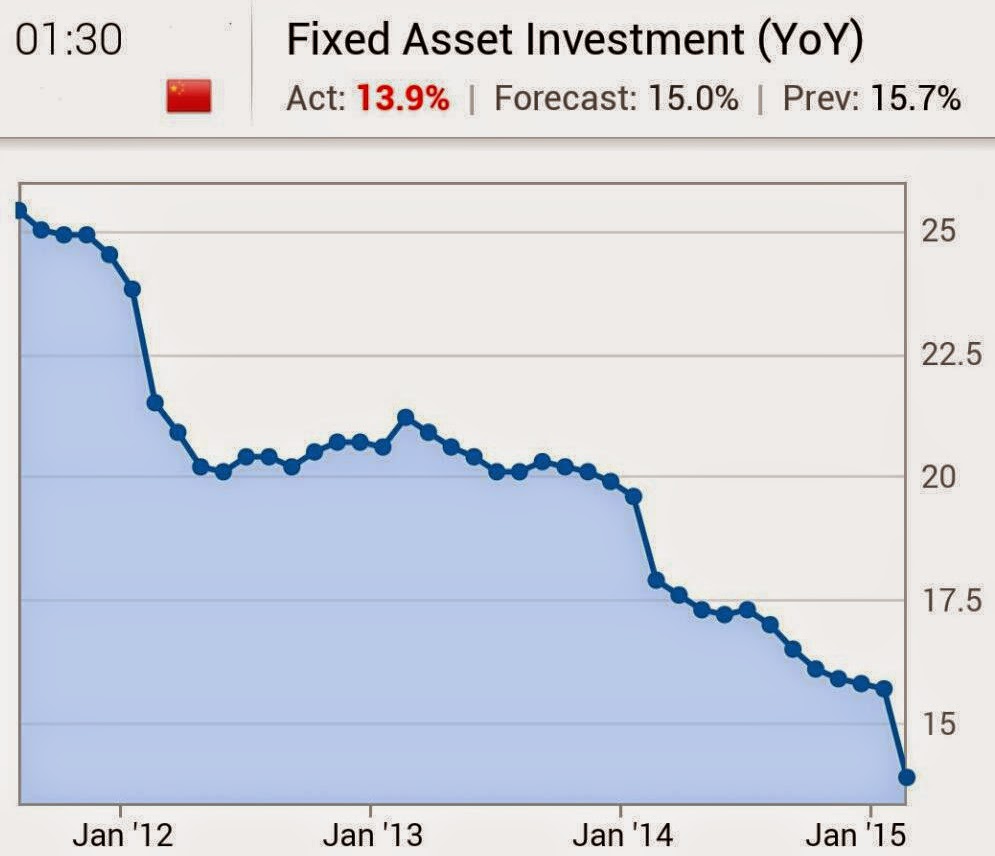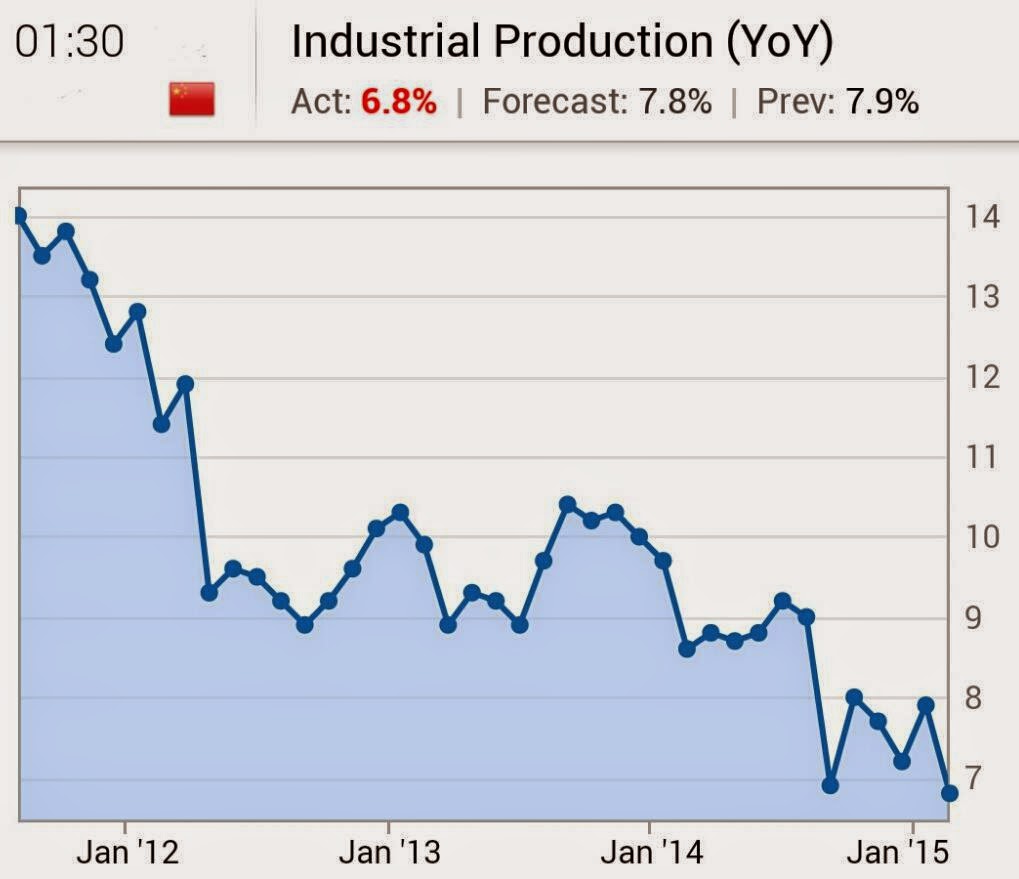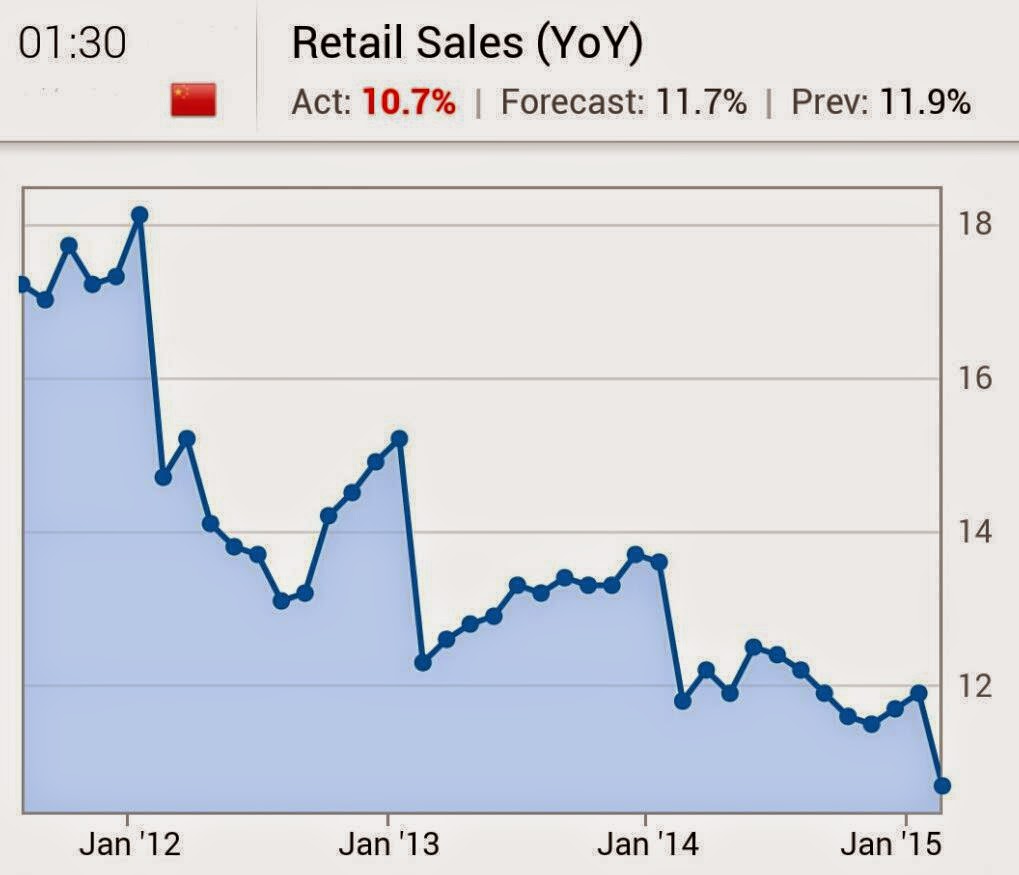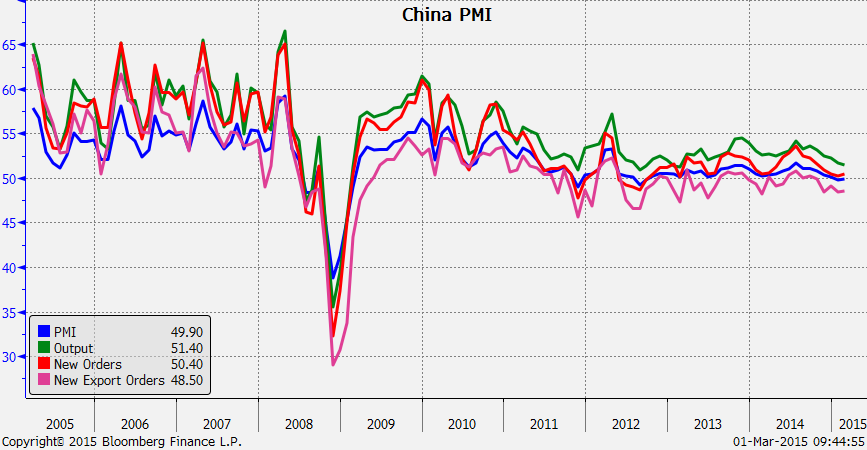最新文章
文章分類
歸檔
2016 (350)
2019 (201)
2020 (226)
2021 (189)
2023 (1)
2025 (1)

正文

With no significant change in China's macro or corporate fundamentals, the visible rebound in China's A-share market since November appears to have been largely liquidity driven. We think this, in turn, may have been fuelled by a number of factors including:
- new funds flowing into the stock market from household saving, real estate, commodities and trust markets;
- banks' bridge loans provided to investors who lost access to other high-yield shadow banking products as the result of tighter regulation;
- the PBC's easing of liquidity conditions via a variety of "targeted easing" tools (e.g. MSL, PSL, etc.);
- the official launch of Mutual Market Access (MMA) between the Hong Kong and Shanghai exchanges;
- long-term expectations for SOE reform and A-shares entering the MSCI index next June;
- increased use of leverage by retail investors via margin trading; and
- market sentiment being boosted by expectations for further policy easing. Meanwhile, February’s RRR cut failed to meaningfully lower China’s interbank rates, likely due to continued sizable capital outflows and significant liquidity withdrawals from China’s money markets by recent IPO applications.

參見。





![]()


【附錄】
什麽是SLF,PSL,MLF,SLO?
日經新聞:All of Asia feeling China's 'new normal'
評論
目前還沒有任何評論
登錄後才可評論.



